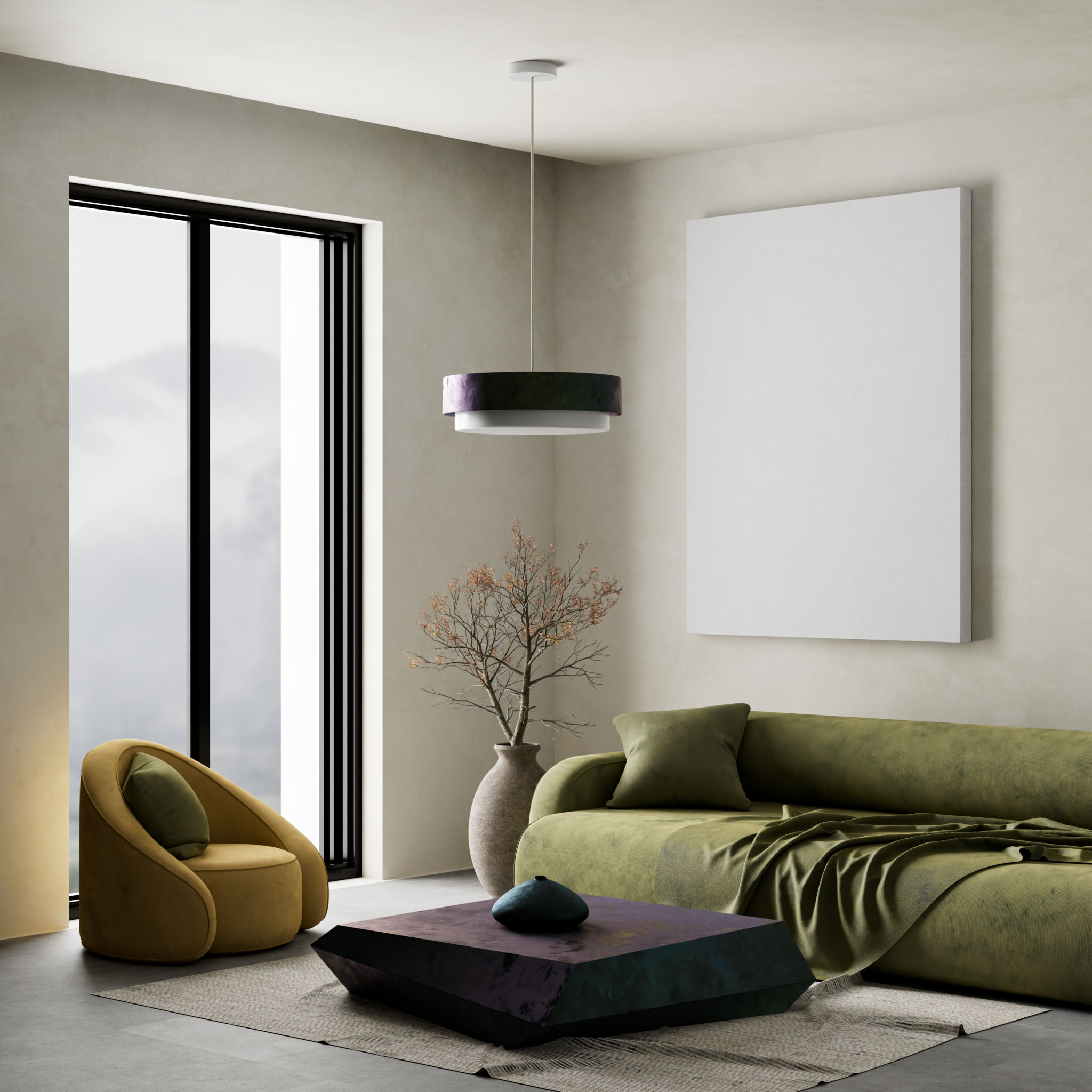Expert Tips for Affordable Graphic Design Projects
Understanding Your Needs
Before diving into a graphic design project, it's crucial to clearly understand what you need. Define the scope of your project by identifying the purpose and the message you want to convey. Whether it’s a logo, a brochure, or a social media post, clarity on your objectives will help streamline the process and keep costs in check.
Start by creating a detailed brief that outlines your target audience, preferred style, color schemes, and any specific elements you wish to include. This brief will serve as a roadmap for your designer and minimize the need for revisions.

Leverage Free and Affordable Tools
There are numerous tools available that can help you create stunning graphics without breaking the bank. Platforms like Canva and Crello offer user-friendly interfaces and a wide range of templates suitable for various projects. Many of these tools provide free versions with plenty of features to get you started.
For those with some design experience, software like GIMP and Inkscape can be excellent alternatives to more expensive programs like Adobe Photoshop and Illustrator. These open-source tools offer robust functionalities at no cost.
Hire Freelance Designers
Hiring a freelance graphic designer can be more cost-effective than working with a full-service design agency. Websites like Upwork, Fiverr, and Freelancer offer access to talented designers from around the world at competitive rates. When choosing a freelancer, review their portfolios thoroughly and communicate your needs clearly to ensure you find the right fit for your project.

Collaborate with Design Students
If your budget is particularly tight, consider collaborating with design students or recent graduates. They are often eager to build their portfolios and may offer their services at a reduced rate. Reach out to local design schools or post your project on student forums to find enthusiastic and talented individuals willing to help.
Focus on Minimalism
Minimalist designs are not only trendy but also cost-effective. By focusing on simplicity, you can reduce the complexity of your project, which often results in fewer hours of work for your designer. This approach emphasizes clean lines, simple color palettes, and ample white space, creating an elegant yet impactful design.

Reuse and Repurpose Designs
Once you have a design that works well, consider how you might reuse or repurpose it across different platforms or projects. For instance, a logo designed for your website can also be adapted for social media profiles, business cards, and promotional materials. By maintaining consistency across all materials, you not only save money but also strengthen your brand identity.
Additionally, consider creating templates for frequently used items such as newsletters or social media posts. Templates allow for quick updates and ensure that your branding remains consistent without incurring additional design costs.
Negotiate and Plan Ahead
Effective communication with your designer is key to keeping costs manageable. Discuss your budget constraints upfront and negotiate where possible. Many designers are willing to work within a set budget if they understand the limitations from the start.

Finally, plan ahead to avoid rushed deadlines that could lead to additional charges. Allowing ample time for the design process ensures that quality is maintained without the need for costly last-minute changes.
